Step into a world where time stands still, where every brushstroke tells a story of bygone eras and forgotten moments. Welcome to the realm of antique painting, where the allure of artistry meets the weight of history. In this captivating journey, we delve into why antique paintings matter, not just as relics of the past, but as windows into the soul of humanity. From the grandeur of Renaissance masterpieces to the quaint charm of folk art, antique paintings hold both historical significance and immense aesthetic value. Join us as we embark on a voyage through the annals of art history, exploring the world of antique painting and unlocking the secrets of its timeless enchantment.
The History of Antique Painting
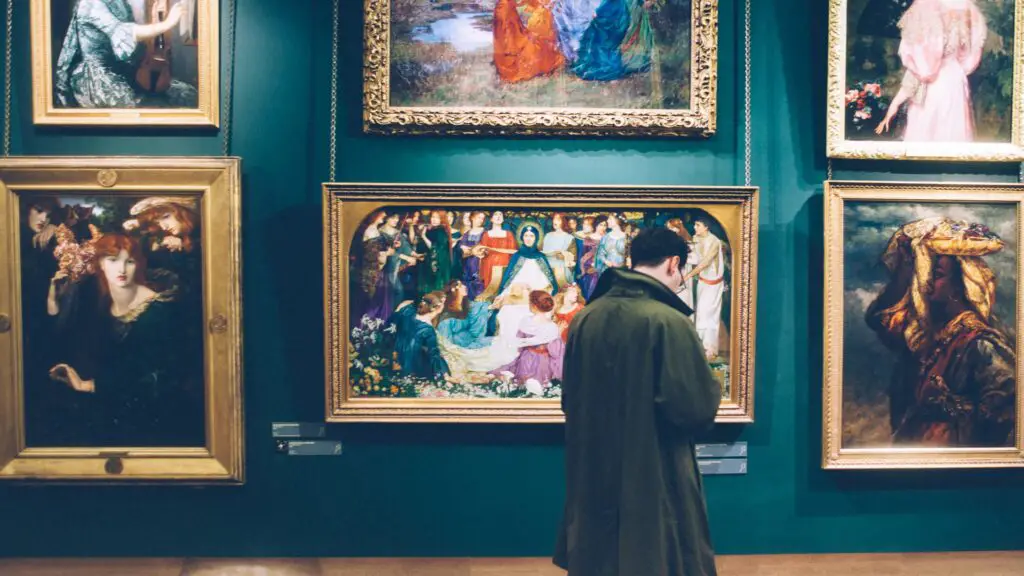
Origins and Evolution of Antique Painting Techniques
The journey of antique painting begins with the earliest human civilizations, where our ancestors first adorned cave walls with vivid depictions of their lives and surroundings. Over millennia, painting techniques evolved alongside human ingenuity, from the ancient Egyptians’ use of natural pigments to the intricate brushwork of Chinese scroll paintings. As societies progressed, so too did the methods and materials employed in painting. The Renaissance era, in particular, witnessed a renaissance of artistic innovation, with masters like Leonardo da Vinci and Michelangelo pioneering new techniques that would influence generations of artists to come. These early innovations laid the foundation for the rich tapestry of antique painting techniques we admire today, each stroke a testament to the creativity and craftsmanship of its creator.
Notable Periods and Styles in Antique Painting History
Throughout history, various periods and styles have left their indelible mark on the world of antique painting, each reflecting the cultural zeitgeist of its time. From the opulent grandeur of Baroque art to the ethereal beauty of Impressionism, antique painting encompasses a diverse array of movements and styles. The Romantic era, for instance, saw artists like J.M.W. Turner and Caspar David Friedrich evoke powerful emotions through their dramatic landscapes and sublime imagery. Similarly, the Pre-Raphaelite Brotherhood rebelled against the academic conventions of their day, embracing vibrant colors and intricate detail to tell stories of myth and legend. By exploring these different periods and styles, we gain a deeper understanding of the evolution of art and the myriad influences that have shaped it over the centuries.
Impact of Antique Painting Movements on Art and Culture
The impact of antique painting movements extends far beyond the confines of the canvas, permeating every aspect of art and culture. From challenging societal norms to inspiring political change, antique paintings have played a pivotal role in shaping the world we inhabit. The Realist movement of the 19th century, for example, sought to capture the harsh realities of everyday life, sparking conversations about social inequality and injustice. Similarly, the Cubist movement revolutionized the way we perceive space and form, paving the way for abstract art to flourish in the 20th century. Even today, antique paintings continue to inspire and provoke, challenging us to see the world through fresh eyes and embrace the beauty of the past.
Characteristics of Antique Paintings
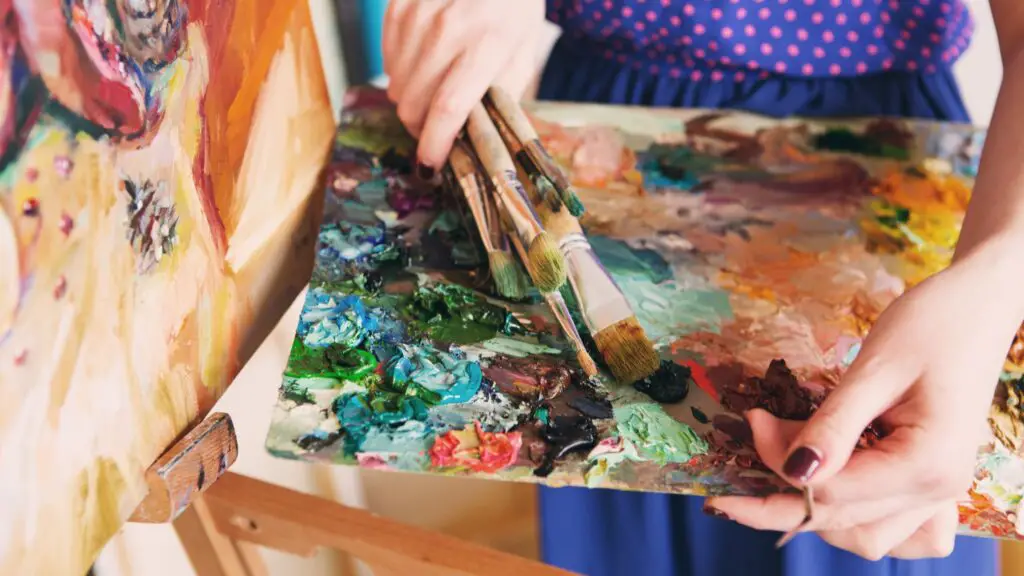
Materials and Techniques Used in Antique Painting
One of the defining features of antique paintings is the meticulous craftsmanship and attention to detail exhibited by artists of yore. From the intricate brushwork of oil paintings to the delicate precision of watercolors, antique painters employed a variety of materials and techniques to bring their visions to life. Oil paint, with its rich colors and versatility, became the preferred medium for many artists during the Renaissance and Baroque periods, allowing for greater depth and texture in their compositions. Watercolor, on the other hand, offered a more delicate and translucent effect, perfect for capturing the fleeting beauty of landscapes and still lifes. Whether it’s the luminous glow of a Rembrandt portrait or the shimmering light of a Monet landscape, the materials and techniques used in antique painting are integral to its enduring appeal.
Common Themes and Subjects Depicted in Antique Paintings
Antique paintings often reflect the prevailing interests and values of the societies in which they were created, offering a window into the cultural landscape of the past. Religious themes, for example, were a staple of many Renaissance and Baroque paintings, with artists like Michelangelo and Caravaggio exploring biblical narratives with unparalleled skill and devotion. Similarly, portraits were a popular subject in aristocratic circles, serving as status symbols and reflections of wealth and power. Landscapes, still lifes, and genre scenes also featured prominently in antique painting, offering glimpses of everyday life and the natural world. By examining the common themes and subjects depicted in antique paintings, we gain insight into the concerns and aspirations of past generations, connecting us to our shared human experience across time and space.
How to Identify and Appreciate Antique Paintings
Identifying and appreciating antique paintings requires a discerning eye and a willingness to delve beneath the surface. Key factors to consider include the style and technique employed by the artist, as well as the condition and provenance of the painting itself. Examining brushstrokes, color palette, and composition can provide clues to the authenticity and quality of an antique painting, while researching the artist’s biography and historical context can shed light on their artistic intentions and influences. Additionally, understanding the different periods and styles of antique painting can help viewers contextualize and appreciate the nuances of individual works. Ultimately, the true value of an antique painting lies not just in its monetary worth, but in the stories it tells and the emotions it evokes. By approaching antique paintings with curiosity and respect, we can unlock their hidden treasures and experience the enchantment of the past anew.
Collecting Antique Paintings
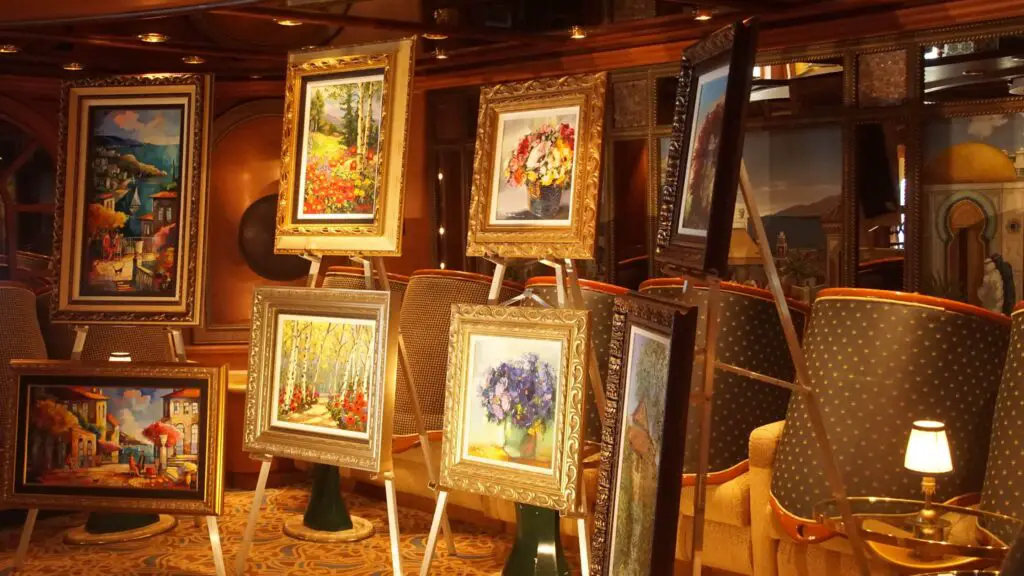
Tips for Starting an Antique Painting Collection
Embarking on the journey of collecting antique paintings can be both thrilling and daunting, but with the right approach, anyone can build a meaningful and rewarding collection. To begin, start by defining your collecting goals and preferences. Are you drawn to a particular period, style, or artist? Establishing clear criteria will help you focus your search and make informed decisions. Additionally, take the time to educate yourself about the world of antique painting, attending auctions, exhibitions, and lectures to expand your knowledge and expertise. It’s also wise to start small and gradually build your collection over time, allowing you to refine your tastes and learn from experience. And finally, don’t be afraid to seek guidance from experts and fellow collectors, who can offer valuable insights and advice as you navigate the world of antique painting collecting.
Where to Find Authentic Antique Paintings
Finding authentic antique paintings requires diligence and discernment, as the market is rife with reproductions and forgeries. One of the most reliable sources for antique paintings is reputable auction houses, where expert appraisers carefully vet each piece before it goes to auction. Museums and galleries are also excellent places to discover authentic antique paintings, offering a chance to view and study works up close. For those on a budget, antique fairs, flea markets, and estate sales can yield unexpected treasures, though caution is advised when purchasing from unknown sources. And of course, the internet has revolutionized the way we collect art, with numerous online platforms connecting buyers and sellers from around the world. When buying online, be sure to verify the authenticity of the painting and the reputation of the seller before making a purchase.
Factors to Consider When Purchasing Antique Paintings
When purchasing antique paintings, there are several factors to consider to ensure you’re making a sound investment. Firstly, consider the condition of the painting, paying attention to any signs of damage or restoration that may affect its value. Provenance is also important, as a well-documented history can significantly enhance the value and authenticity of a painting. Additionally, take into account the artist’s reputation and significance within the art world, as works by renowned masters tend to command higher prices. Finally, trust your instincts and choose pieces that speak to you personally, rather than simply chasing trends or investment potential. Remember, collecting antique paintings is as much about passion and appreciation as it is about financial gain, so choose pieces that bring you joy and enrich your life.
Preserving Antique Paintings
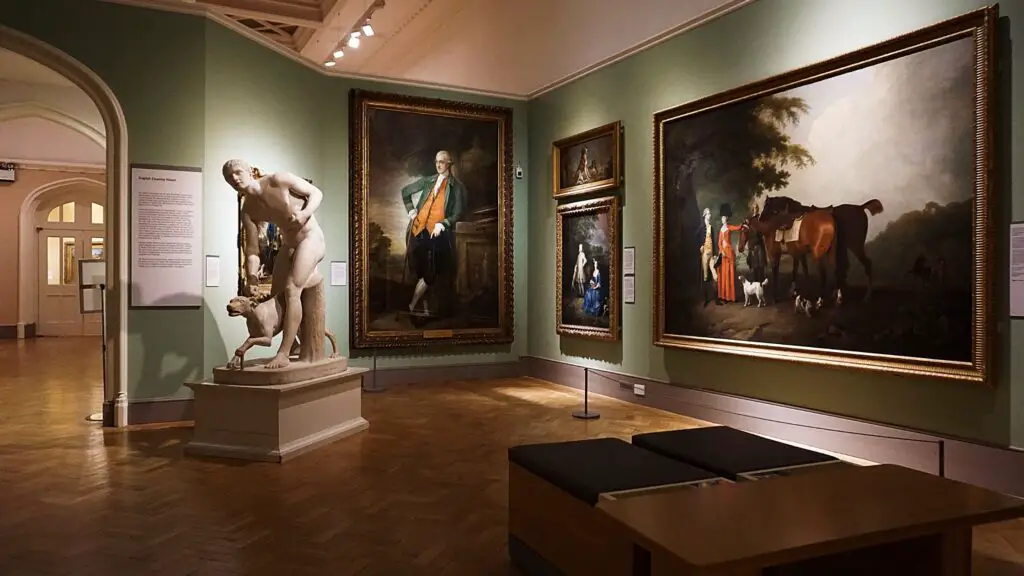
Importance of Proper Preservation Techniques
Preserving antique paintings is crucial not only for maintaining their beauty and integrity but also for safeguarding their historical and cultural value for future generations. Antique paintings are susceptible to various forms of deterioration, including fading, discoloration, and physical damage, caused by factors such as light exposure, fluctuations in temperature and humidity, and improper handling. Proper preservation techniques can help mitigate these risks and prolong the lifespan of antique paintings, ensuring that they remain vibrant and intact for years to come.
Best Practices for Storing and Displaying Antique Paintings
When it comes to storing and displaying antique paintings, attention to detail is paramount. Paintings should be kept away from direct sunlight and harsh artificial lighting, as prolonged exposure can cause colors to fade and surfaces to degrade over time. Optimal environmental conditions include stable temperatures between 65-75°F and relative humidity levels between 40-50%. Additionally, paintings should be framed using archival-quality materials and displayed in areas with minimal exposure to dust, pollutants, and fluctuations in temperature and humidity. Regular inspection and maintenance are also essential, with paintings periodically examined for signs of damage or deterioration and any necessary repairs or conservation measures undertaken promptly.
Restoring Antique Paintings: Dos and Don’ts
Restoring antique paintings requires a delicate balance between preserving their original beauty and addressing any damage or deterioration that may have occurred over time. When considering restoration, it’s essential to consult with professional conservators who have the expertise and experience to assess the painting’s condition accurately and recommend appropriate treatments. Dos include using reversible conservation methods, documenting all interventions thoroughly, and respecting the integrity of the original artist’s work. On the other hand, don’ts include overzealous cleaning or repainting, which can irreversibly alter the painting’s appearance and diminish its value. By adhering to these dos and don’ts, collectors can ensure that their antique paintings are preserved and restored with the utmost care and respect, allowing them to be enjoyed and appreciated for generations to come.
Famous Antique Paintings and Their Stories
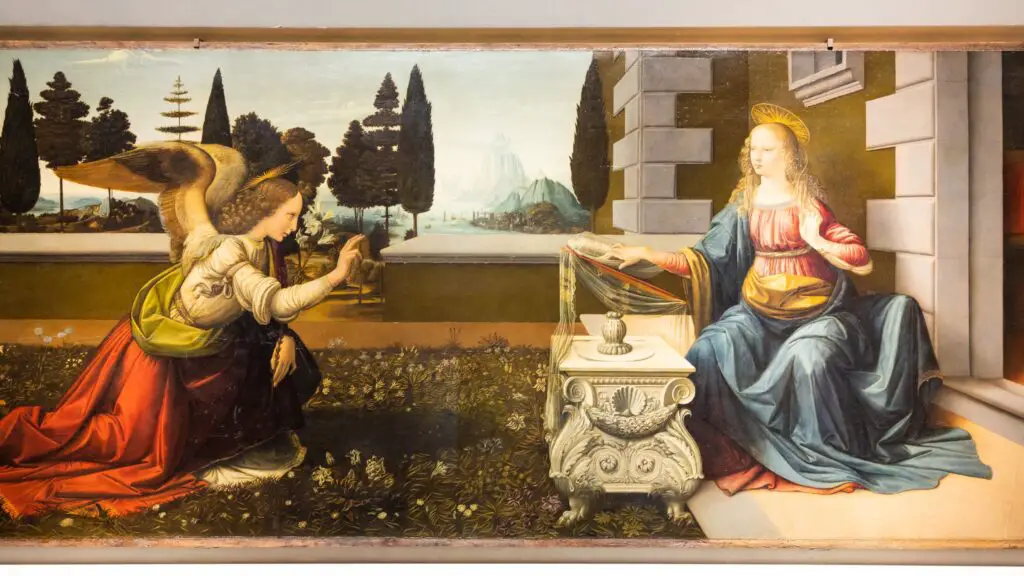
Iconic Antique Paintings Throughout History
Throughout the annals of art history, certain antique paintings have achieved legendary status, captivating audiences with their beauty, complexity, and historical significance. From the enigmatic smile of Leonardo da Vinci’s “Mona Lisa” to the haunting surrealism of Salvador Dali’s “The Persistence of Memory,” these iconic works have left an indelible mark on the world of art and continue to inspire and intrigue viewers to this day. Other notable examples include Vincent van Gogh’s “Starry Night,” with its swirling, hypnotic skies, and Johannes Vermeer’s “Girl with a Pearl Earring,” which exudes an air of timeless elegance and mystery. By exploring the stories behind these famous antique paintings, we gain insight into the lives of their creators and the cultural context in which they were produced, deepening our appreciation for their enduring legacy.
Stories Behind Famous Antique Paintings
Behind every famous antique painting lies a fascinating story, weaving together elements of creativity, passion, and human drama. Take, for example, Edvard Munch’s “The Scream,” a haunting portrayal of existential angst that has become an enduring symbol of modern anxiety. Munch drew inspiration for the painting from a personal experience in which he felt overwhelmed by a sense of existential dread while walking along a bridge in Oslo, Norway. Similarly, Diego Velázquez’s masterpiece “Las Meninas” offers a glimpse into the inner workings of the Spanish royal court, with the artist himself depicted at work alongside the young Infanta Margarita Teresa and her attendants. These stories behind famous antique paintings not only enrich our understanding of the artworks themselves but also provide valuable insights into the minds and motivations of their creators.
Impact and Legacy of Renowned Antique Paintings
The impact and legacy of renowned antique paintings extend far beyond the confines of the art world, shaping our collective consciousness and influencing the course of history. From sparking cultural movements to challenging societal norms, these iconic works have left an indelible imprint on the fabric of human experience. For example, Picasso’s “Guernica,” a powerful condemnation of war and violence, galvanized public opinion and drew attention to the plight of civilians during the Spanish Civil War. Similarly, Grant Wood’s “American Gothic” has come to symbolize the resilience and stoicism of the American heartland, resonating with audiences around the world. By examining the impact and legacy of renowned antique paintings, we gain a deeper appreciation for their enduring relevance and the profound ways in which art can shape and reflect the world around us.
The Market for Antique Paintings
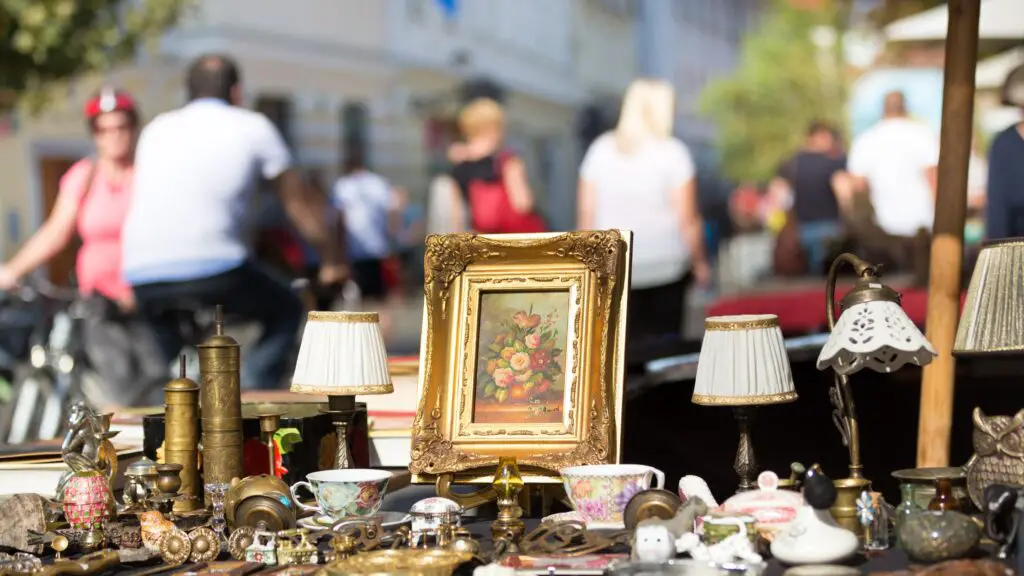
Current Trends in the Antique Painting Market
The antique painting market is a dynamic landscape shaped by evolving tastes, economic factors, and cultural trends. In recent years, there has been a resurgence of interest in antique paintings, fueled by a growing appreciation for craftsmanship and historical significance. Collectors are increasingly drawn to works from overlooked periods and styles, seeking out hidden gems that offer unique insights into the past. Additionally, there has been a rise in demand for paintings by underrepresented artists, as collectors seek to diversify their collections and honor previously marginalized voices. Online platforms and digital marketplaces have also transformed the way antique paintings are bought and sold, making it easier than ever for enthusiasts to connect with sellers and discover new treasures from the comfort of their own homes.
Factors Influencing the Value of Antique Paintings
The value of antique paintings is influenced by a myriad of factors, including the artist’s reputation and significance, the provenance and condition of the painting, and prevailing market trends. Paintings by renowned masters such as Rembrandt, Vermeer, and Monet command premium prices, reflecting their enduring appeal and historical importance. Similarly, paintings with well-documented provenance, particularly those with prestigious previous owners or exhibition histories, tend to fetch higher prices at auction. Condition is also a critical consideration, with works in pristine condition often commanding higher prices than those with signs of damage or restoration. Finally, market trends and economic conditions play a significant role in determining the value of antique paintings, with fluctuations in demand and supply impacting prices across different periods and styles.
Investment Potential of Antique Paintings
While antique paintings can certainly hold investment potential, it’s essential to approach collecting with caution and realistic expectations. Unlike stocks or real estate, the art market can be volatile and unpredictable, with values subject to fluctuations based on factors beyond an investor’s control. That said, certain categories of antique paintings have historically demonstrated strong investment potential, particularly works by established masters or those with proven historical significance. Additionally, investing in antique paintings can offer intangible benefits beyond financial return, including the joy of ownership, the opportunity to connect with history and culture, and the satisfaction of preserving a piece of artistic heritage for future generations. Ultimately, whether purchasing for investment or personal enjoyment, it’s essential to do thorough research, seek expert advice, and buy what you love.
Conclusion
In conclusion, the world of antique painting is a captivating realm where history, artistry, and emotion converge to create timeless masterpieces that continue to enchant and inspire us. Throughout this journey, we’ve explored the allure of antique paintings, delving into their rich history, diverse styles, and enduring legacy. From the origins of painting techniques to the stories behind famous works, we’ve uncovered the depth and breadth of the antique painting universe. As we reflect on the enchantment of antique paintings, it’s clear that these treasures hold a unique power to transport us across time and space, inviting us to connect with the past and discover new layers of meaning and beauty.
In our final thoughts, let us remember the timeless allure of antique painting—a world where every brushstroke tells a story and every canvas holds a piece of history. Whether you’re a seasoned collector or a curious novice, there has never been a better time to explore and appreciate the world of antique painting. So let your imagination soar, and embark on your own journey of discovery as you seek out the hidden treasures and untold stories that await in the world of antique painting.
We encourage you to dive deeper into the world of antiquity and explore the rich tapestry of human creativity and expression. Whether you’re drawn to the grandeur of Renaissance masterpieces or the whimsical charm of folk art, there’s something for everyone to discover and appreciate in the world of antique painting. So don’t hesitate to immerse yourself in this enchanting realm, where every brushstroke is a window into the soul of humanity.
To continue your exploration of the past, consider delving into the world of antique bicycles, where nostalgia meets innovation in a celebration of two-wheeled wonders. Click here to read our article on antique bicycles and discover the fascinating history and timeless appeal of these classic rides.
Thank you for joining us on this journey through the enchanting world of antique painting. May your appreciation for art and history continue to grow as you explore the wonders of the past and create your own memories for the future.
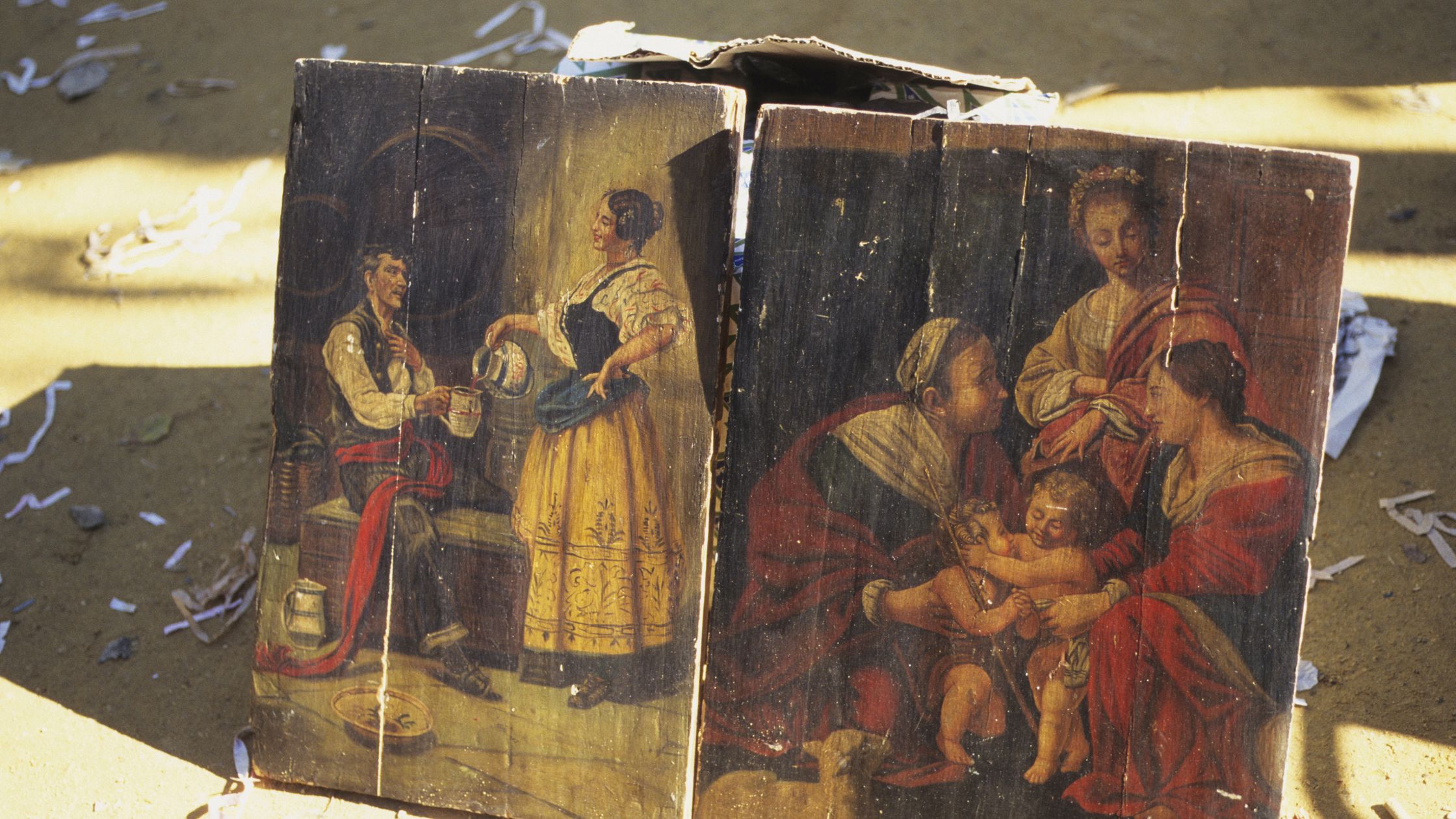
Leave a Reply